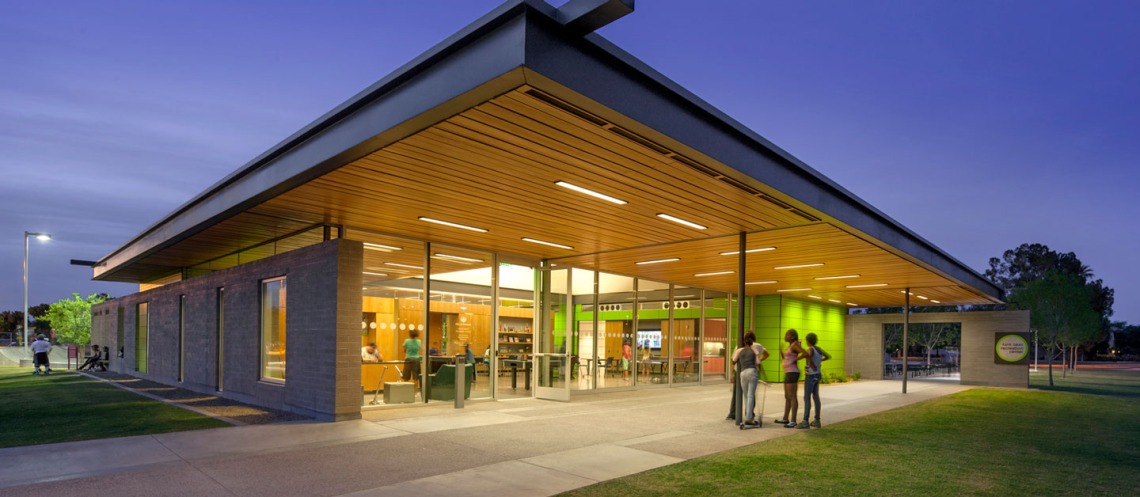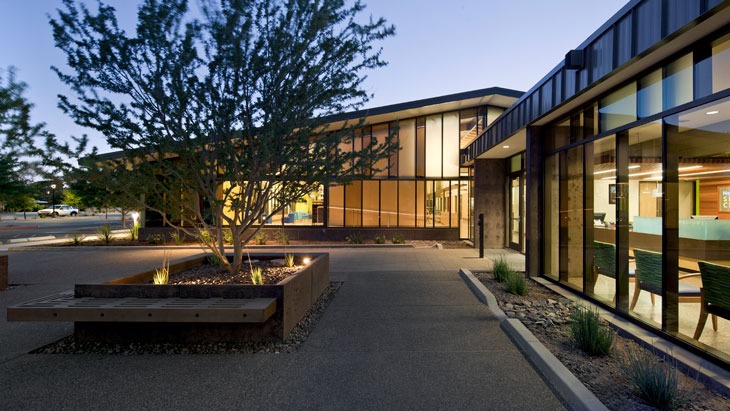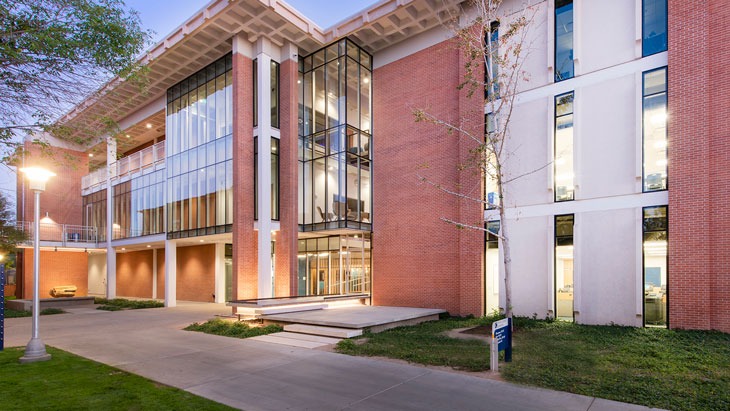
Startup Central is a series that spotlights entrepreneurial-minded alumni who are doing everything from founding startups to helming small businesses.
Diane Jacobs owns a successful architecture firm. Holly Street Studios specializes in holistic designs and serves clients ranging from restaurants to universities. But Jacobs didn’t start out as her own boss. She knows what it’s like to work for someone else and dreamed of making the leap. Here’s her advice for striking out on your own.
1. Know yourself and what you do best.
“Bring yourself to the table,” Jacobs says. “Your work is better when you take ownership in it to the extent that your values are woven throughout as you diligently solve the problems you are hired to solve.”
Not only should you give yourself to your work, she says, but you should also understand what makes you unique as a professional. Knowing your strengths and what benefits you can provide will help you better communicate them to future clients. “You may need to clarify what it is you bring to the table,” Jacobs says, “so take time to know who you are and what you came here to do in the broadest possible sense.” You may not immediately know all the nuanced areas in which you can add value in your field, but over time, if you stay diligent and observant, you will discover your niche.
To help you on your way, Jacobs recommends reading “The Alchemist,” a story that follows a shepherd on a long, arduous journey ending in self-discovery. “It is personal, no matter what anyone says,” she adds.

"Take time to know who you are and what you came here to do."
2. Follow your interests — wherever they lead.
Jacobs found her love for architecture at the UA. Before that, she was passionate about art and people. “I grew up in San Juan, Puerto Rico, to parents from Germany and New York City,” she says. “We were taught from a young age to not only appreciate people from all walks of life, but to listen fully to their stories, learn from one another and understand that we have a distinct responsibility to participate in making the world a better place.”
This philosophy entwined itself with her architectural mindset as Jacobs started down her professional path. Upon graduation, Jacobs went to work in Boston for high-profile firms that made historic impact on the city.
“The people I met and the work I was exposed to changed everything,” she says. Many years later, a bit homesick for her family and the desert, she and her husband — Michael Jacobs, also a UA College of Architecture, Planning & Landscape Architecture alumnus — returned to Phoenix. At that time, she worked with Ellerbe Becket on the team responsible for designing Bank One Ballpark (now Chase Field). In 1999, she started Holly Street Studios with her husband.

3. Make exhaustive use of your resources.
Another foolproof strategy for success is to use all the tools and resources available to you. “Listen closely, read everything you can, travel and, most importantly, never stop making, drawing, inventing — regardless of your industry or craft,” Jacobs notes. “I am always taken aback when folks say they are ‘too old’ to learn some sort of technology. Really? You are never too old or young.”
The same kind of proactive, introspective thinking that informs her approach to her career powers her approach to architecture. At Holly Street Studios, Jacobs employs holistic visions for public gathering spaces — from community and cultural centers to academic structures to recreation facilities. Most of her projects are publicly funded.
“What is continuously motivating is that we get to use architecture as a way to be part of the larger solutions sought out by our clients,” Jacobs says. For example, at Glendale Community College, Holly Street Studios created the Phillip D. Randolph Automotive Technology Center, a place where students learn to build and fix cars.
“The broader outcomes of a holistic design process here were greater connection to campus, a more collaborative environment between faculty and students, showing off the elegance and beauty of the automobile and a building that replicates a professional dealership,” she says, “reminding students that they will be an important part of the industry moving forward upon graduation.”
